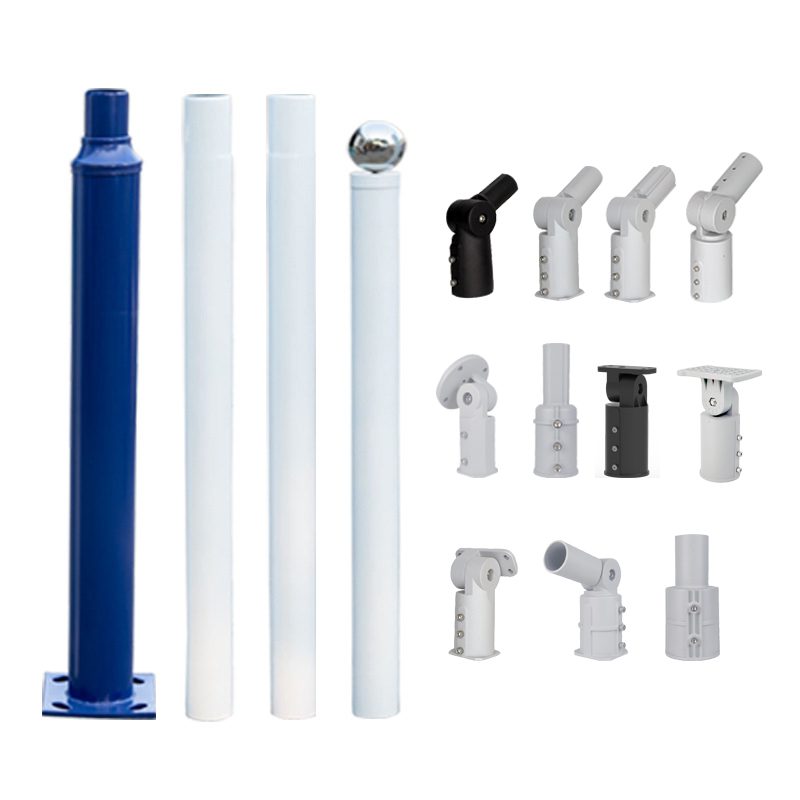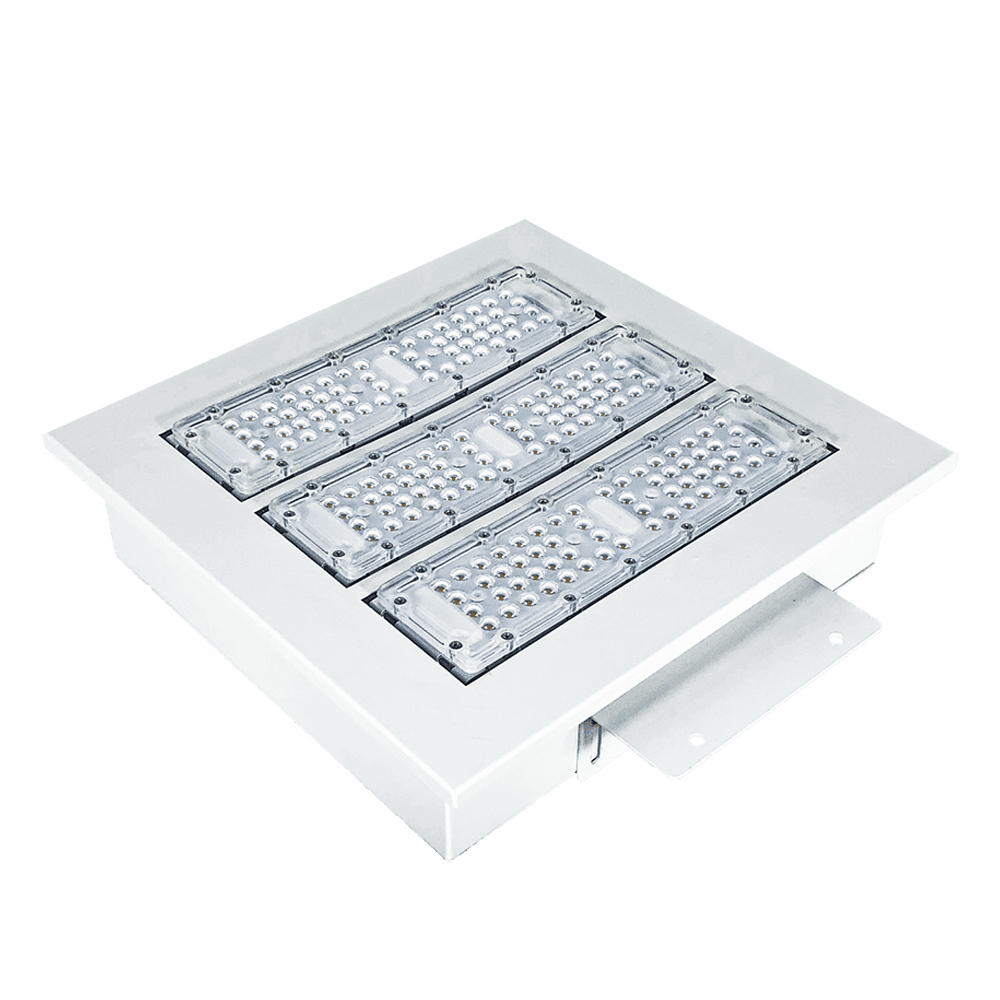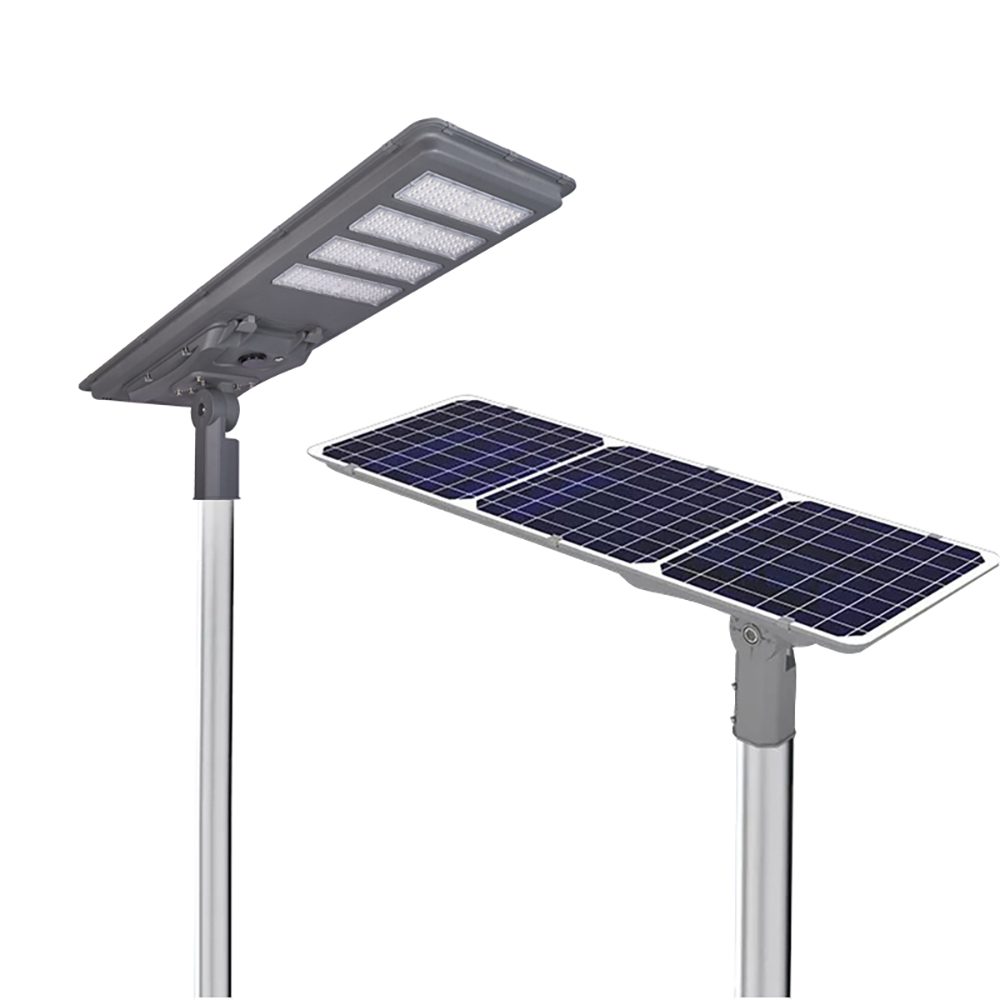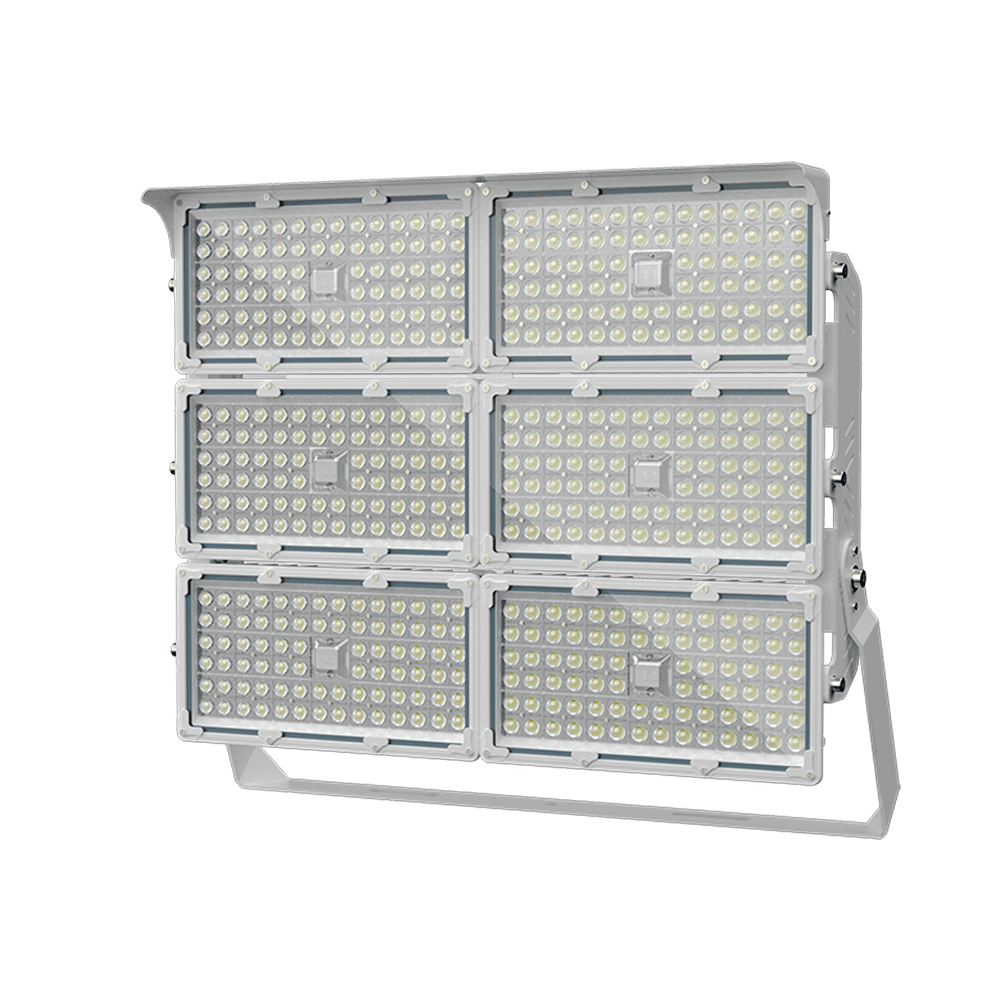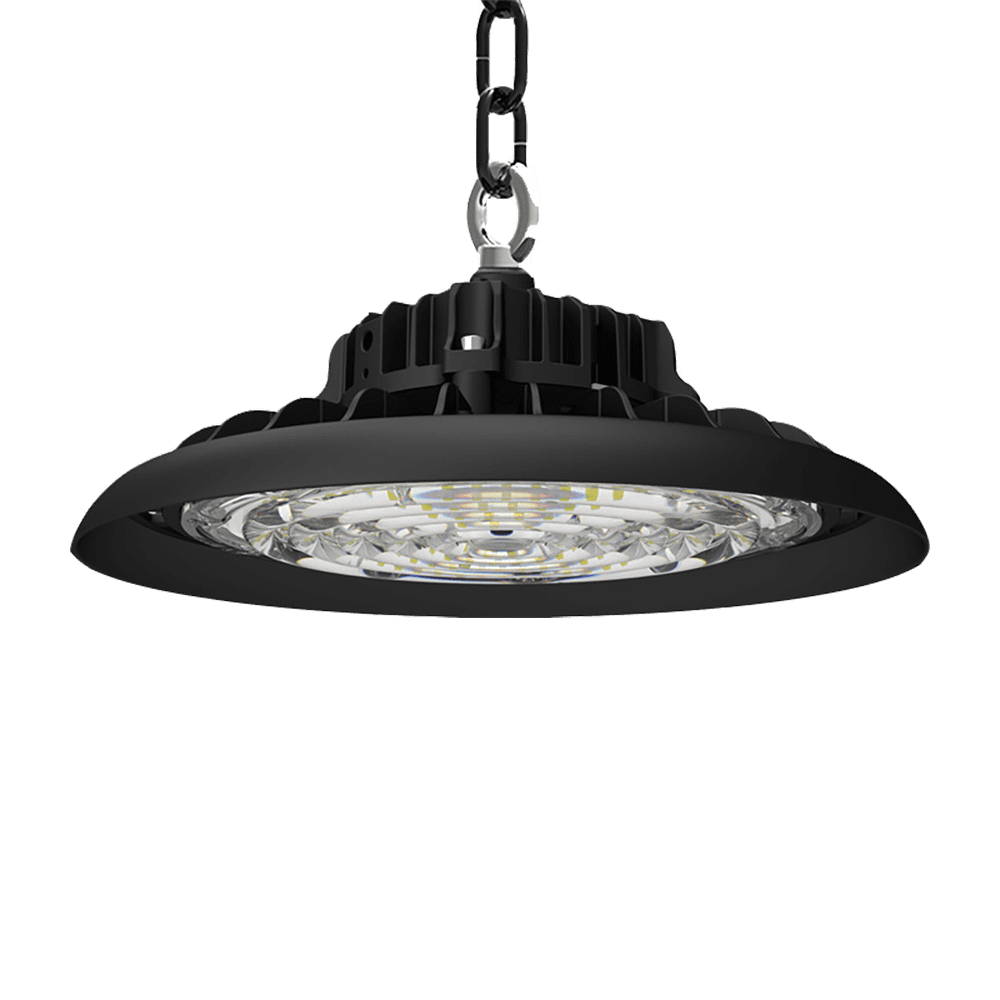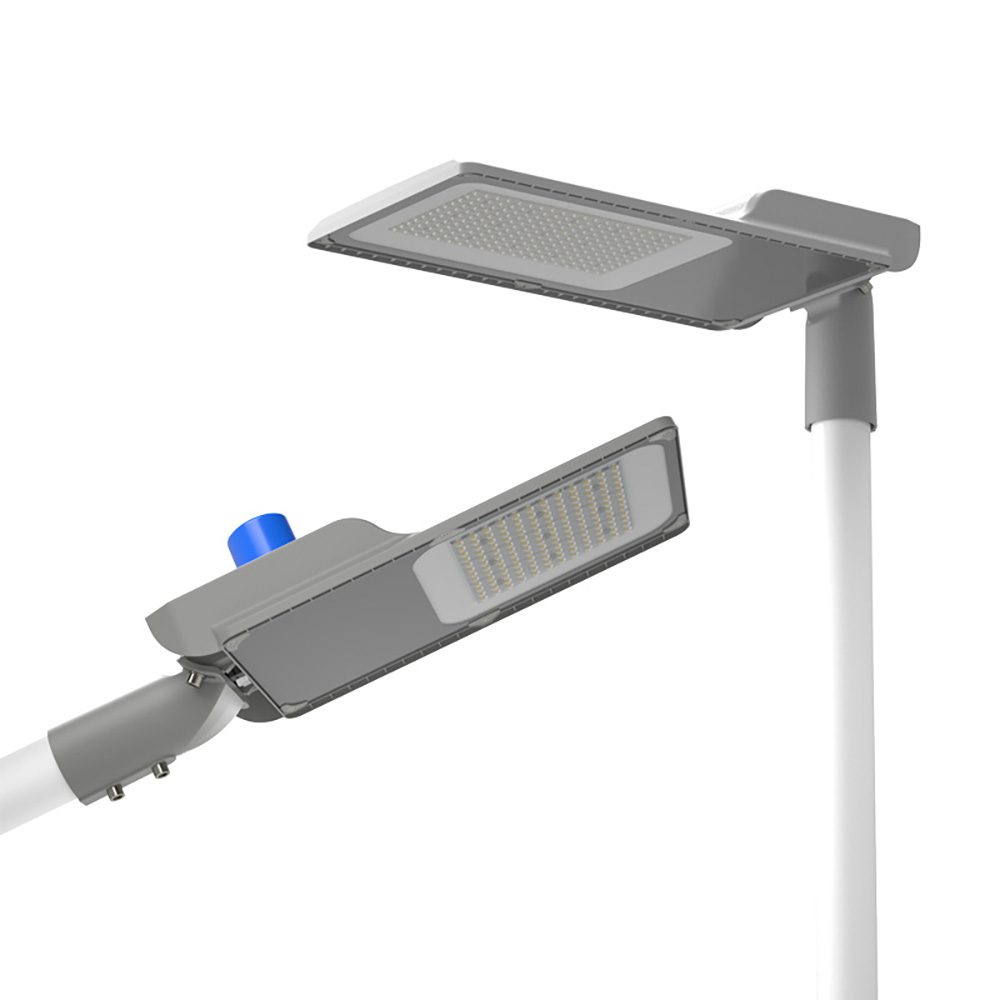In the lighting industry, the efficacy of LED chips (the ratio of luminous flux to power) is a critical metric that directly affects the performance and energy efficiency of lighting products. This article will explore the importance of LED efficacy, the factors that influence it, and how to select high-efficacy LEDs to improve the overall efficiency of lighting systems.
1.What is Efficacy?
Efficacy, typically measured in lumens per watt (lm/W), is the standard for assessing the efficiency of a light source. It indicates the amount of luminous flux produced per watt of electrical power consumed. The higher the efficacy, the more light an LED can produce for the same power, thereby enhancing energy efficiency and reducing energy consumption.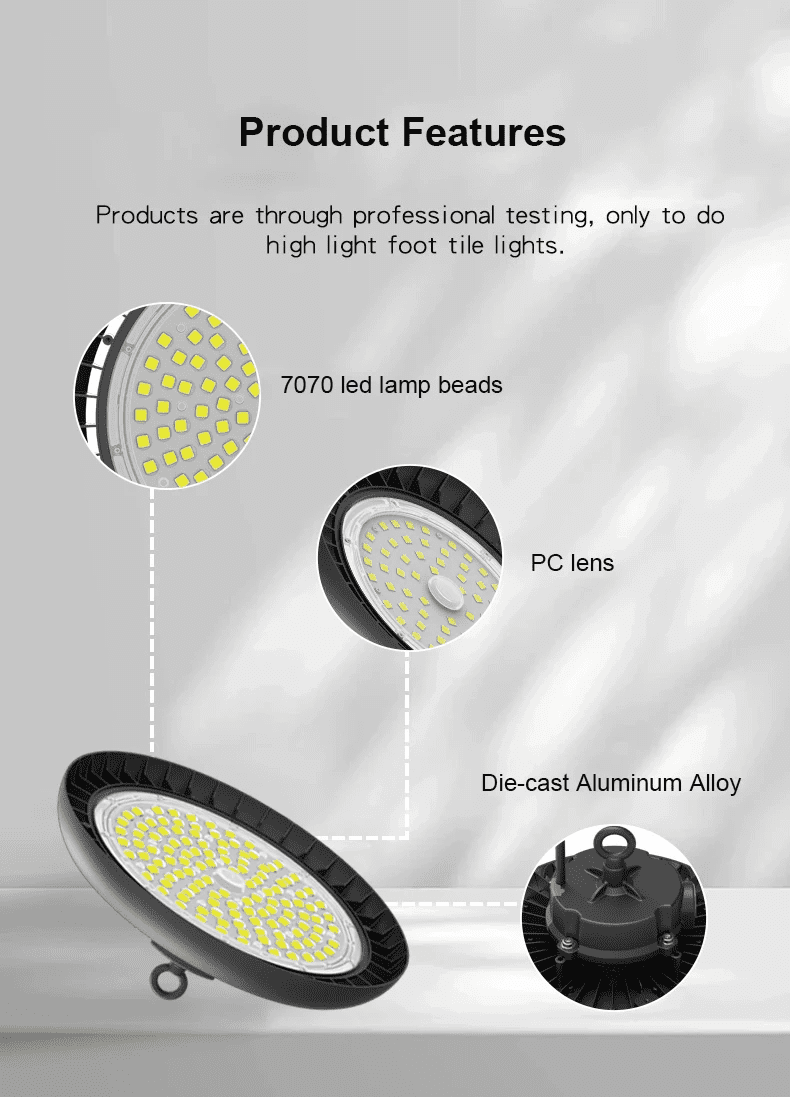
2.Importance of Efficacy
High-efficacy LEDs not only lower energy consumption but also reduce heat generation, extending the lifespan of lighting fixtures. Furthermore, improved efficacy can decrease the overall cost of lighting systems, especially in large-scale applications where savings on electricity and maintenance can significantly enhance economic benefits.Factors Influencing Efficacy
3.Several factors impact the efficacy of LED chips, including:
3.1 Material Selection
The efficacy of an LED is closely related to the materials used in its production. High-quality semiconductor materials (such as gallium nitride) typically exhibit higher efficacy. Additionally, the choice and quality of phosphors used also affect the luminous efficiency of the LED.
3.2 Drive Current
The drive current of an LED directly influences its efficacy. Within the rated current range, an appropriate drive current allows the LED to perform at its best. Excessively high current can lead to decreased efficacy and may shorten the lifespan of the LED.
3.3 Thermal Management
Effective thermal management is crucial for maintaining the efficacy of LEDs. LEDs generate heat during operation, and poor heat dissipation can lead to increased temperatures, negatively affecting their luminous efficiency and lifespan. Therefore, a well-designed thermal solution ensures that LEDs operate within optimal temperature ranges.
3.4 Optical Design
The optical design of a lighting fixture also affects efficacy. Well-designed lenses and reflector arrangements can effectively direct light, increasing light utilization and reducing loss.
4.How to Choose High-Efficacy LEDs
When selecting LEDs, companies should consider the following:
Efficacy Ratings: Choose LEDs with high efficacy, ensuring their lm/W value meets application requirements.
Materials and Brands: Opt for LEDs manufactured by reputable brands using high-quality materials to ensure stability and reliability.
Thermal Design: Pay attention to the thermal design of the fixture to ensure LEDs operate at reasonable temperatures.
Application Context: Select the appropriate type and specification of LED based on the specific application context (e.g., indoor, outdoor, commercial, or industrial).
Conclusion
LED efficacy is a key indicator of lighting product performance, directly impacting energy consumption and economic efficiency. By understanding the influencing factors and selecting high-efficacy LEDs, companies can enhance the overall effectiveness of their lighting systems and achieve energy-saving goals. With continuous technological advancements, the efficacy of future LED chips will further improve, providing users with a better lighting experience.

